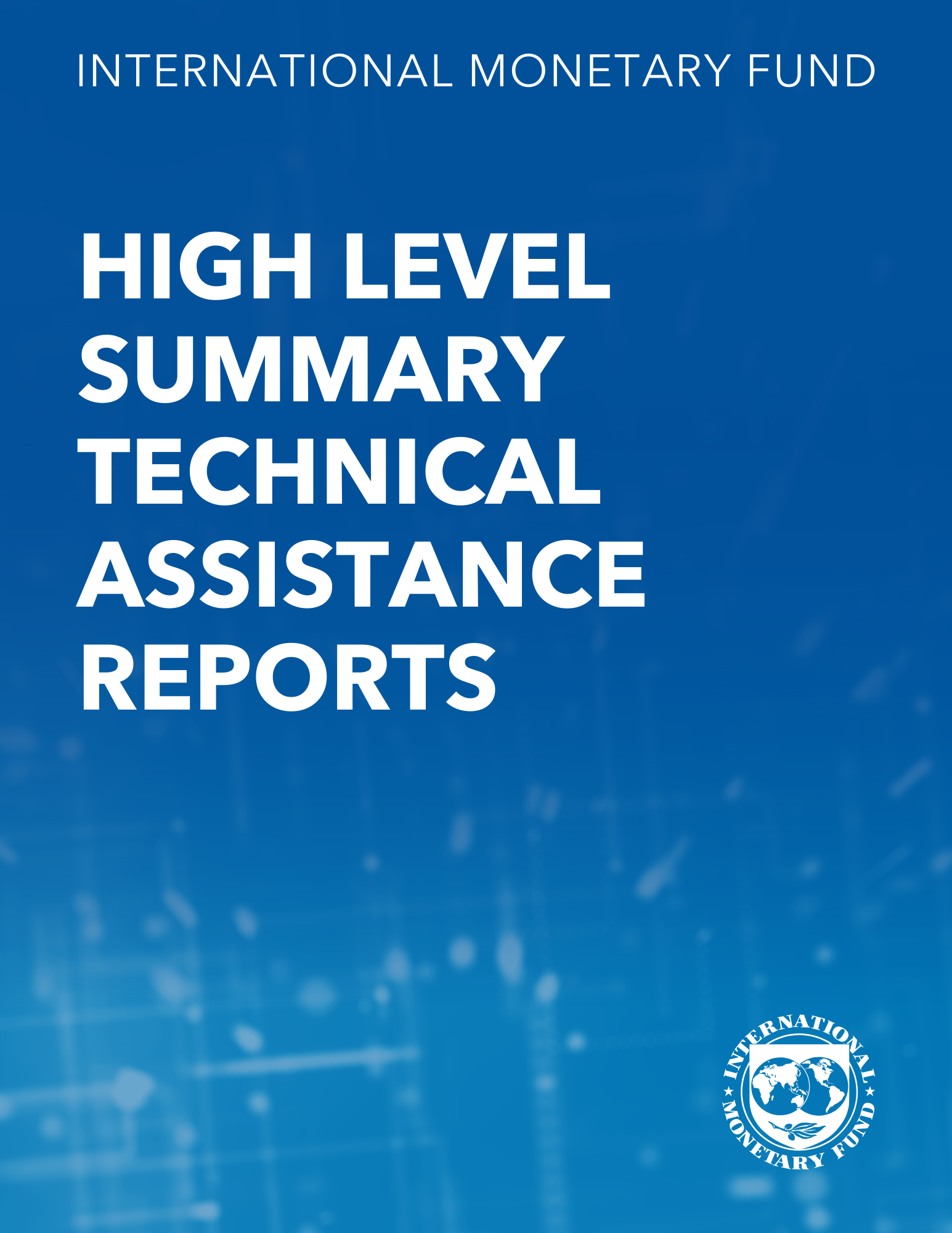Why Do Different Countries Use Different Currencies?
February 1, 1998
Disclaimer: This Working Paper should not be reported as representing the views of the IMF.The views expressed in this Working Paper are those of the author(s) and do not necessarily represent those of the IMF or IMF policy. Working Papers describe research in progress by the author(s) and are published to elicit comments and to further debate
Summary
During long periods of history, countries have pegged their currencies to an international standard (such as gold or the U.S. dollar), severely restricting their ability to create money and affect output, prices, or government revenue. Nevertheless, countries generally have maintained their own currencies. The paper presents a model where agents have heterogeneous preferences—that are private information—over goods of different national origin. In this environment, it may be optimal for countries to have different currencies; we also identify conditions where separate national currencies do not expand the set of optimal allocations. Implications for a currency union in Europe are discussed.
Subject: Conventional peg, Currencies, Dollarization, Economic integration, Environment, Foreign exchange, Monetary policy, Monetary unions, Money
Keywords: constraint guarantee, Conventional peg, Currencies, currency arrangement, different currency, Dollarization, Europe, foreign currency, Global, Monetary unions, national moneys, nationality of the buyer, WP
Pages:
22
Volume:
1998
DOI:
Issue:
017
Series:
Working Paper No. 1998/017
Stock No:
WPIEA0171998
ISBN:
9781451923087
ISSN:
1018-5941






